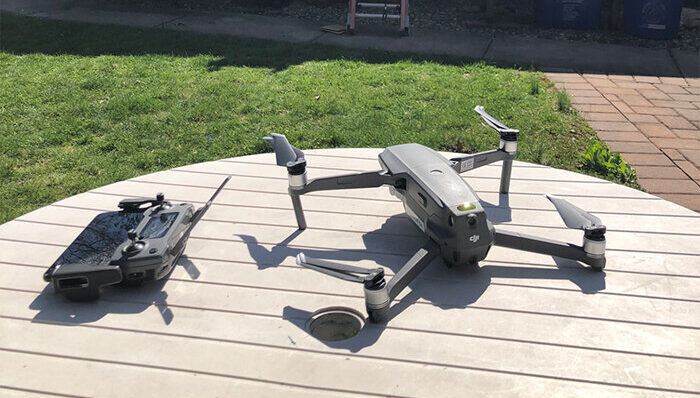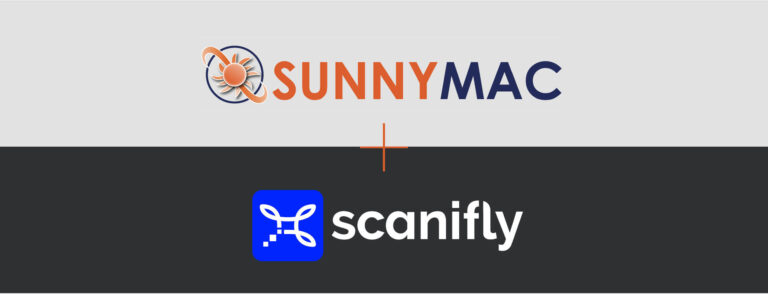The Mavic 2 Pro was a darling of the drone world since its launch in 2018; it was affordable and worked for multiple use cases, including solar surveying and marketing.
Then it was discontinued in 2021.
Yet many still use this drone, whether never opened, refurbished, or second-hand. Further, some solar platforms still force you to use this drone despite being discontinued.
Unfortunately, Scanifly’s accuracy R&D process found three niche use cases where the Mavic 2 Pro was inaccurate. Issues like these are why we advocate for drone optionality—i.e. don’t get locked into one drone model.
In this blog, we’re sharing the issues we found with real data so you can see the delta.
We’ll say the conclusion up front as well: This is not a call to ditch your Mavic 2 Pro immediately. Our goal is to inform you of the issues we’ve seen and recommend upgrading your fleet over time.
Why discontinued, refurbished, or second-hand drones aren’t the best option
While many second-hand items have a lot of value, drones in a commercial setting have a few specific issues:
You can’t trust product specifications
Manufacturers stop standing by their specs once a machine is discontinued, so even if you have a new drone that’s been sitting on the shelf, you can’t trust the label.
You won’t have warranty coverage
Most warranties are voided once a drone is discontinued or adjusted since the manufacturer cannot measure the efficacy of second-hand parts. This means used drones simply may not be accurate (and our tests show they are not), but you may not know that until after you buy it.
You’ll see a shorter shelf life and higher maintenance costs
Refurbished drones will need more maintenance, more frequently, increasing the total costs of ownership (while decreasing accuracy from firmware changes).
Firmware changes could result in camera skew
A slight skew isn’t a problem for personal use. However, when it comes to measuring roofs for solar panels, you need accuracy.
The result of these issues is simple: these drones cannot always collect the necessary data to complete a perfectly accurate 3D model of the property. Taking a top-down image isn’t much better, since the skew could can impact designs.
Use cases with accuracy issues for the Mavic 2 Pro
Here’s what we found when we tested the Mavic 2 Pro against other drones:
1. When vegetation covers any portion of roof
If a dormant deciduous tree hangs over the roof (meaning tree branches without leaves cover any of the roof planes, even just a few inches of guttering), we found the Mavic 2 Pro couldn’t always accurately collect roof measurements.
2. When trying to squeeze panels in spaces near obstructions
When you’re trying to squeeze panels on a tighter section of the roof near small obstructions like vent pipes, every inch matters. We found that a Mavic 2 Pro would occasionally mis-measure these smaller obstructions. This led to a situation where it seemed like there was enough roof space, but in fact, there wasn’t.
3. When trying to validate measurements with roof ridges
Normally, you can rectify small inaccuracy issues with roof ridge measurements. However, we found that an older Mavic 2 Pro model where dormant deciduous trees covered any portion of the roof led to inaccurate edge measurements. It’s worth noting, though, the roof rake was accurate in our tests.
Some example sites from our study:
You don’t need to ditch the Mavic 2 Pro just yet
The Mavic 2 Pro is a powerful drone—you do not need to replace it immediately.
If it’s still delivering for you, that’s great; even in our tests, we found it has some muscle behind it, particularly for new versions that had been sitting on the shelf.
But we want to be clear about the areas where there might be inaccuracies, namely where dormant deciduous trees hang over roofs. If these use cases impact your work, you may need additional boots on the roof to take a reference measurement for those specific areas or you may need a new drone.
We also recommend updating your fleet over time anyway, but especially if the drone is discontinued.
This doesn’t mean you need to buy something more expensive—while RTK and LiDAR drones may be helpful for advanced use cases. Many less expensive drones will deliver amazing results for solar marketing, surveying, and O&M. The key is simply to take care of your technology and update your tools as the market evolves.







